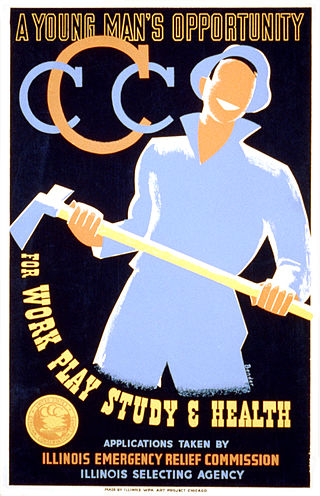Following the tragic events of the Great Depression, President Roosevelt founded the Civilian Conservation Corps on March 31, 1933. Its purpose was to reduce unemployment rates and preserve natural resources in America.
The CCC’s primary goal was to provide jobs for unemployed men and carry out national conservation work. This work included tree planting, flood barrier construction, forest fire suppression, and regularly maintaining forest roads and paths. The scale of the CCC’s tree planting efforts, which saw over 2 billion trees planted during its nine-year term, earned it the nickname ‘Roosevelt’s Tree Army’. This massive tree-planting initiative was instrumental in preventing soil erosion, deforestation, and the Dust Bowl.
Most CCC workers were unemployed males aged 18-25 who lived in military-style camps, earned $30 a month, and sent $25 home to support their families. The program provided financial stability and instilled discipline, structure, and a sense of purpose in its workers. By 1942, approximately 8,500 women and almost 3 million men had served in the CCC. Although the camps were open to all races, they were separated due to the prevailing racism. Despite this, approximately 80,000 Native Americans and 250,000 African Americans participated, demonstrating their resilience in the face of discrimination. It was not until 1941 that Black laborers were actively recruited as white membership declined.
The CCC was an influential New Deal initiative that inspired subsequent conservation initiatives, created employment, and improved the environment. Although it ended in 1942, its legacy endures, especially in the fight against inequality and climate change. Many national parks, trails, and infrastructure projects still stand today.

